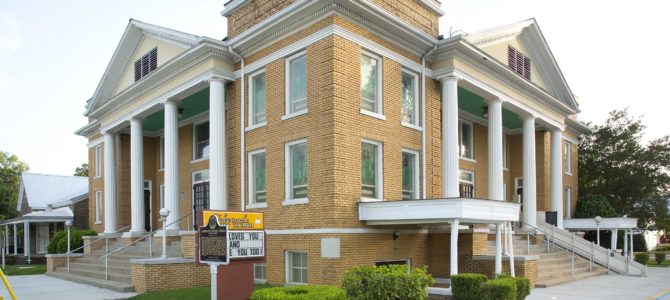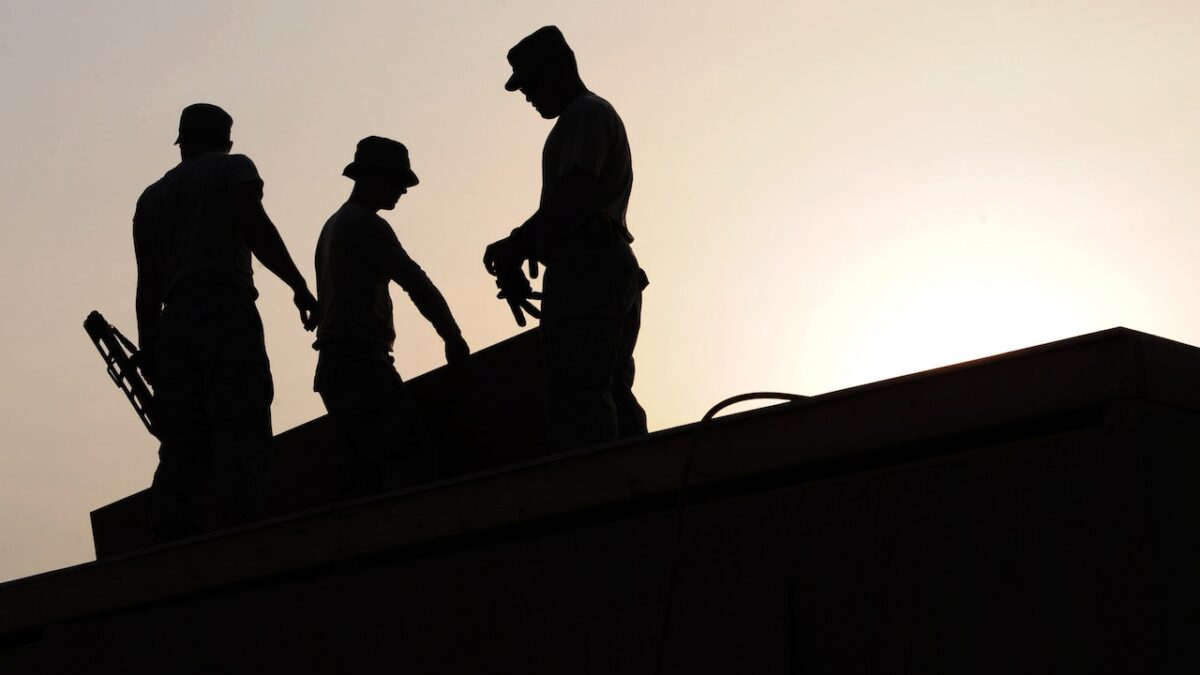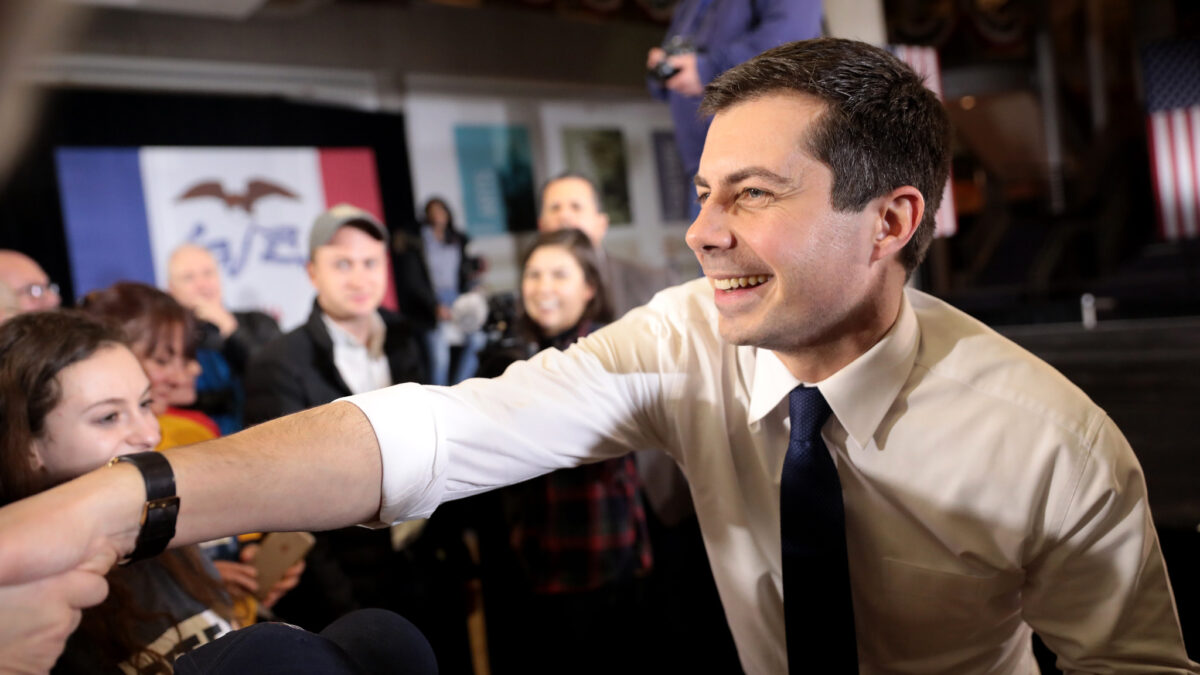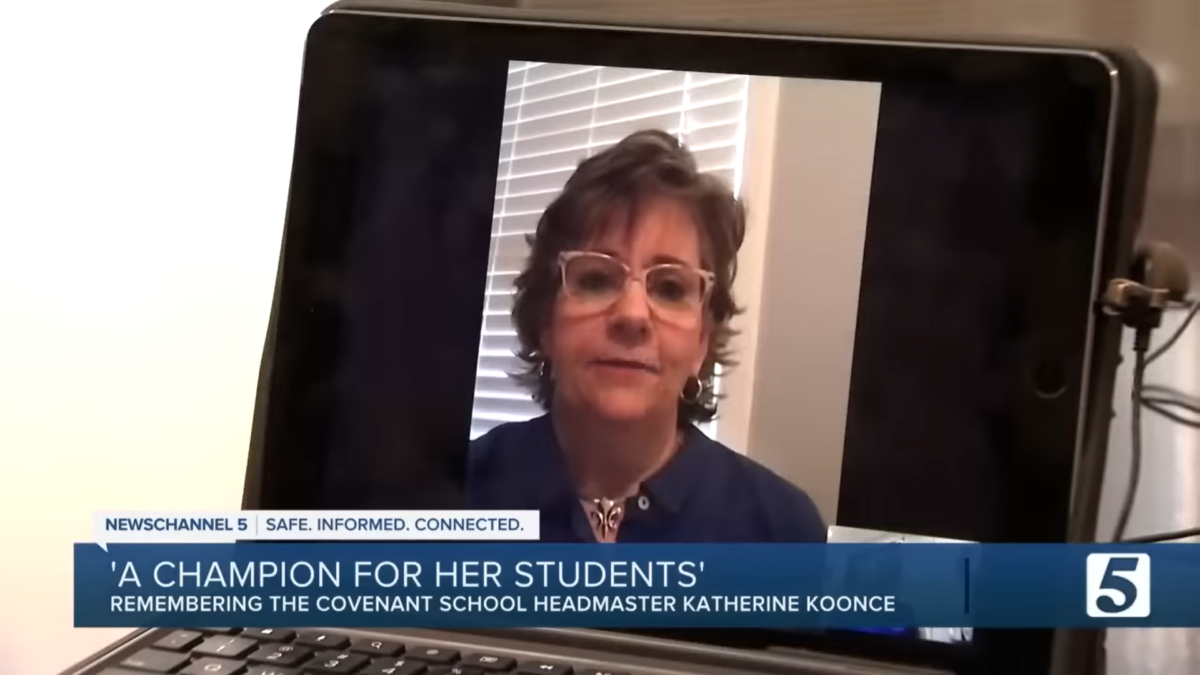
It’s Black History Month and time for the annual student essays and programs on Dr. Martin Luther King, Jr., Harriet Tubman, and Jessie Owens. Who better a hero, for example, than a runaway slave who freed others and later was nurse, scout, and spy for the Union Army, like Tubman? Yet there are so many other stories to tell, so why not look at some other heroes worthy of recognition?
With a little digging––a treat for this Yankee transplant––I found some African-Americans who believed in a dream bigger than the narrowness of life in the Jim Crow South, and worked hard, despite the trying times they lived in, to create better lives for fellow African-Americans. I’d like to introduce you to three of my new heroes, who grew up in the backwoods of rural Alabama and became teachers, healers, and builders worthy of a Black History Month essay.
Rosa Young
Rosa Jinsey Young was born in 1890 in Rosebud, Alabama, a tiny community in rural Wilcox County, the fourth of 10 children from parents just out of slavery. From childhood, her heart was set on teaching “her people,” since there were few schools then for blacks.
She picked cotton to earn money to attend teacher training classes in Selma, and after getting her degree, she raised money in black and white communities to buy land and build a school. In 1912, she opened the Rosebud Literary and Industrial School to over 100 students.
Then the boll weevil beetle hit Alabama in 1915 and killed the cotton crop, the main source of income for both African-Americans and whites. It looked like her dream would die. She persevered, eventually joining with Lutherans from St. Louis who worked alongside her to start 35 Lutheran churches and schools in the Alabama Black Belt, in backwoods communities like Possum Bend, Tait’s Place, Holy Ark, Ingomar, Bashi, and Hamburg.
Despite the stranglehold of Jim Crow laws on dollars for black schools, Young didn’t let her students go without. With her small teacher’s salary, she bought books for children whose parents couldn’t afford them, and had a well dug at one school so the children would have fresh drinking water. A petite and sickly woman, Rosa helped educate hundreds of children and raised multiple generations of African-American Lutheran pastors and teachers.
Dr. Lincoln Laconia Burwell
Lincoln Laconia Burwell was born in 1867 in rural Marengo County to a family so poor that his parents had to send him to live with his older brother when he was age seven. With his savings from farming, he attended Selma University, which had been established by black Baptists in 1878, and went onto medical school.
Returning to Selma, he set up the first black-administered hospital there in 1907. (At that time, hospitals had “houses in the yard” for black patients.) When he couldn’t get white pharmacists to fill his prescriptions, he took pharmacy classes, then opened up his own drugstore. Burwell’s infirmary lasted through integration and was known for providing excellent care for blacks, who were treated like first-class citizens.
Burwell was active in his church, serving as deacon and trustee. He also served on the board of Selma University. Despite poverty, segregation, and discrimination, Dr. Burwell brought healing to hundreds of his people over decades of service.
David Benjamin West
We know very little about David Benjamin West except that he was from the small town of Marion, Alabama, about 50 miles northwest of Selma. He was a contractor and an architect, possibly self-taught. In 1894, he was hired by the black congregation of First Baptist Church, the first black congregation organized in Selma, to build a new sanctuary.
The brick Gothic Revival church he designed and built is considered one of the most “architecturally significant late-19th-century black churches in the state.” The design is cruciform, with the Victorian-styled sanctuary housed beneath a steeply pitched tin roof. Built over a full basement, the main floor is raised about eight feet above grade. Large triple-stained-glass windows, flanked by smaller one, dressed both sides of the church. It was heralded as “the finest colored church edifice in Alabama” by an early historian.
Some 28 years later, he designed and built Tabernacle Baptist Church. The prominent two-story brick and stone church features four towers, one at each corner of the building, and is topped by a dome enclosed by a clerestory. Multiple stained-glass windows decorate the large sanctuary.
The first black congregation to build on Selma’s main street, Tabernacle was built with two identical commanding entrances. During the Jim Crow era, black congregants were not allowed to walk on Selma’s main street, so that entrance could only be used during funerals. The rest of the time, the entrance on the side street was used.
Today both First Baptist and Tabernacle Baptist—where Dr. Burwell attended and served––still stand, with active and civic-minded congregations, testaments to the excellence of heroes who served, taught, healed, and built. Just a few blocks away is Trinity Lutheran Church, begun through the work of Rosa Young, one of 12 Lutheran churches her work began that are still serving communities from Selma to Mobile and Pensacola.
Black History Month is a good time to find and celebrate these heroes who pushed past barriers of poverty, discrimination, segregation, and hate to work hard, serve others, and leave a legacy of faith and fortitude for those following in their footsteps.









